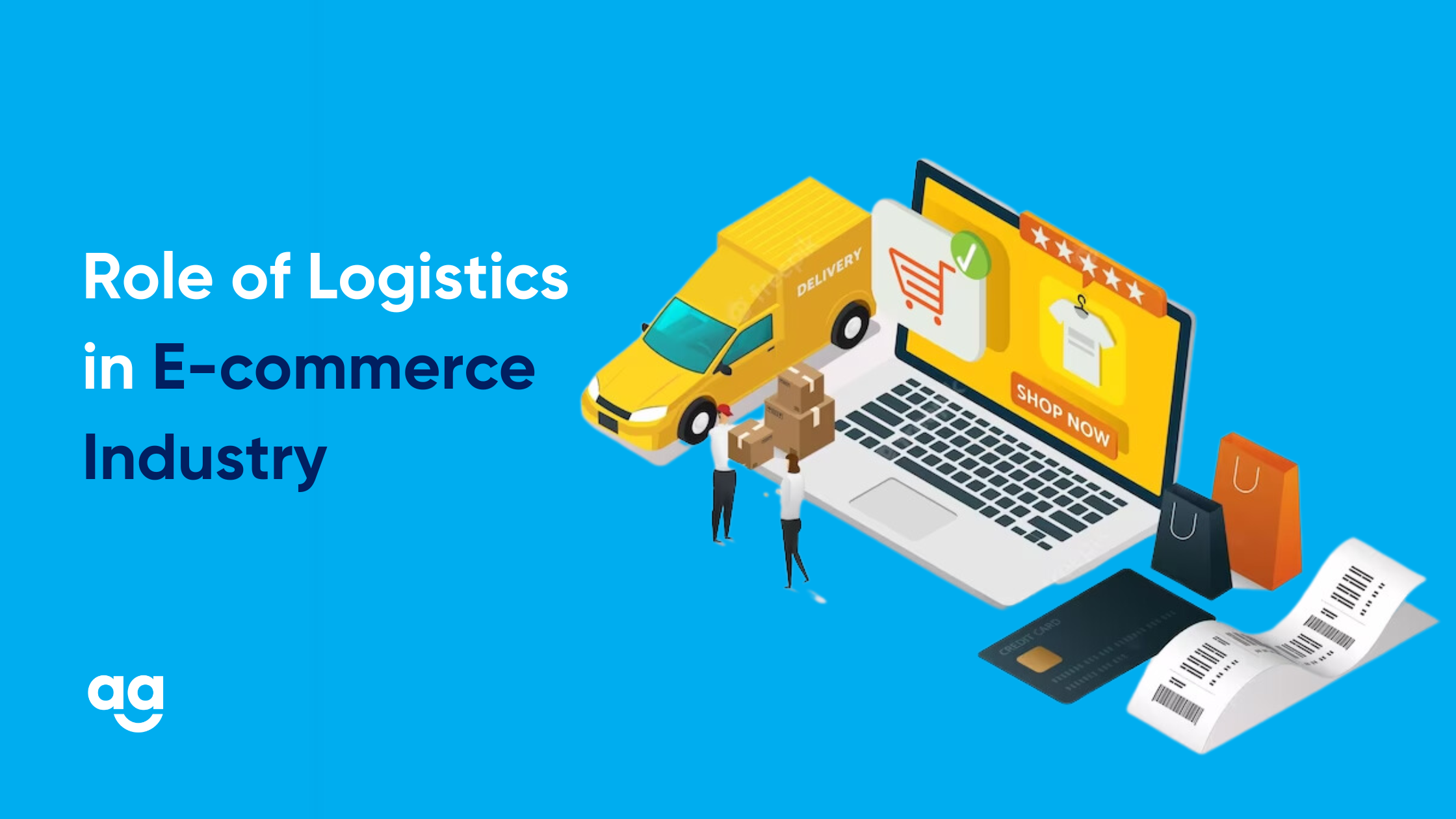A glance at E-Commerce
With the advent of the 4G and 5G, information is being transferred at lightning speed across towns, countryside and even remote villages.
Whether it’s ordering pizza or the latest graphic card, everything is dependent on internet, which can be conveniently accessed thanks to technologies such as 5G and wi-fi routers. Today a vast array of everyday and unique products can be purchased online.
Consumers can buy goods of popular brands, even if they’re not available in the physical stores, near their area. Further, tailored delivery schedules and payment options such as buy now pay later & cash-on-delivery have made online shopping convenient. There is no surprise, that more and more people are preferring shopping online, compared to traditional in- store purchases.
Like Butter to Bread – Logistics is to E-Commerce
The growth of e-commerce has come along with rising challenges such as infrastructure, storage issues, last-mile deliveries, RTOs, etc. These challenges need to be directly addressed to facilitate growth of the e-commerce sector.
Third-party logistics partners enter the show here, the backbone of the entire e -commerce industry. A robust logistics system is essential for e – commerce and D2C businesses to succeed as the industry relies upon regular timebound deliveries while being incredibly cost-effective, along with investments in infrastructure and warehouses. Beside the product itself nothing promotes or helps build brand love more than secure and timely deliveries.
Here’s how a simple ‘E-Commerce Logistics’ matrix works:
These basic operations require extensive coordination and a considerable amount of manpower. Only through intervention and operational capability of logistics service providers that deliveries of products purchased online can be facilitated.
Major functions of a third-party courier partner
- Providing estimation of freight values
- Stocking the product as per the requirement, only selected courier partners offer this.
- Getting the products ready for shipping through packaging and labeling
- Enabling real-time tracking both for businesses and the end user.
- Pick up, delivery and return to origin (RTO).
The Diwali Dhamaka
After two years where festive shopping was impacted by the pandemic this year was probably the return of festive buying. The entire retail ecosystem from physical stores, e-commerce marketplaces to D2C brands all had high expectations from the festive season. They were counting on the pent-up demand to make up for losses of the last several quarters. And the Indian shoppers did not disappoint them.
With most restrictions being eased this year, the market rebounded. The 2022 festive season saw a growth of 30-40% in sales compared to the year before.
Currently, sales of mobile devices make up roughly 41% of all product categories, with fashion and apparel being the second. With a majority of these purchases happening over a few weeks at most, the logistics service providers need to continuously be on top of their game and plan ahead to properly service this huge uptick in demand.
The pair of e-commerce giants Amazon and Flipkart, as usual, flooded the market with their special offers and advertisements targeting these special days. As per Economic Times the e-commerce industry generated and estimated growth of ~28% or a whopping INR 1 lakh crore plus.
During diwali, the logistics and e-commerce industry generated over 500,000 jobs across different levels, this includes long-term and freelancer requirement.
With 2022 coming to pass, the country saw a 40% jump in demand for delivery guys, and it’s not only at metro and urban centers but across tier-2, tier-3 cities, villages and remote locations as well. Hiring in the logistics domain has also increased as e-commerce companies are trying to crunch their delivery time. Increasing popularity of features like delivery in 15 minutes, hyperlocal, same day and next day deliveries will continue to fuel this growth further.
According to Ajoy Thomas, vice-president and business head, Teamlease,
“The fast-growing third-party logistics segment is expected to add 800,000 jobs by December 2022,”
An Integral part of the Economy
The logistics sector contributes to ~14.4% of the GDP in India. This translates to over 18 crore people earning their livelihood through logistics.
The logistics sector is valued at about INR 15 lakh crores. Most of it had been historically unorganized, but with end-to-end supply chain and logistics companies, this is being changing at an incredible pace.
Several initiatives have been under taken by the Government to optimize this sector, including the recent national logistics policy, the national logistics law, the national multimodal logistics parks and other vital initiatives. These aim to bring down the impending costs so that the path to a 5 trillion-dollar economy can be paved for the nation.
Final thoughts
D2C brands and omni channel shopping experience are the future and logistics services will continue to drive its growth. The role of logistics is thus indispensable to for the growth of retail businesses and economy of the country.





 Shipping
Shipping